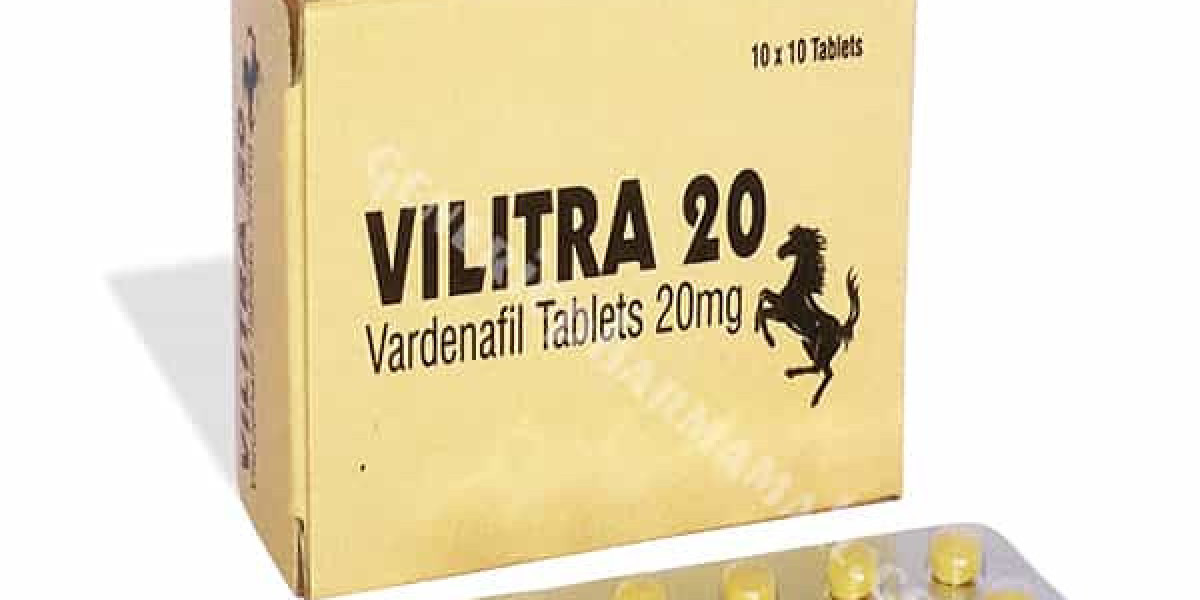Introduction
A small batch coffee roaster has become an essential machine for specialty roasters, boutique cafés, and craft coffee producers who want precision, freshness, and complete control over their roast profiles. Unlike large industrial machines, small batch roasters offer flexibility, consistency, and the ability to experiment with micro-lots and unique bean varieties. At Coffee Pro Direct, we understand the growing demand for small-scale roasting systems that deliver exceptional performance, making these machines ideal for both new businesses and advanced coffee professionals seeking an artisanal approach to roasting.
Understanding the Role of a Small Batch Coffee Roaster
A small batch coffee roaster is designed for roasting coffee in smaller, controlled quantities, typically ranging from 200g to 2kg per batch. This size allows roasters to test beans, perfect flavor profiles, and produce fresh coffee daily without the pressure of large production volumes. At Coffee Pro Direct, we know that roasters want to maximize accuracy and flavor development, which is why our equipment supports even heat distribution, precise airflow control, and adaptable roast curve management, ensuring every batch maintains exceptional taste and quality.
Who Needs a Small Batch Coffee Roaster?
A small batch coffee roaster is ideal for micro-roasteries, new cafés, barista training centers, research labs, and businesses entering the specialty coffee market. These machines are perfect for developing signature blends, executing test batches, or creating limited-edition roasts that appeal to customers seeking premium flavor experiences. At Coffee Pro Direct, we support businesses of all sizes, helping entrepreneurs start strong with user-friendly roasting systems while giving established brands the flexibility to expand their menu with precision-crafted small-batch coffees.
Key Features of a Modern Small Batch Coffee Roaster
A modern small batch coffee roaster offers several advanced features that enhance roasting consistency and flavor control. These include digital temperature sensors, adjustable airflow systems, precision drum rotation, strong insulation, and real-time roasting software. At Coffee Pro Direct, we integrate performance-oriented features that allow roasters to monitor every stage of the roast, from drying to caramelization to development. These tools ensure that each batch reflects the intended flavor profile, allowing businesses to deliver consistently fresh and high-quality coffee.
Why Small Batch Roasting Enhances Coffee Quality
A small batch coffee roaster enhances coffee quality by enabling roast precision that is difficult to achieve on larger machines. Smaller batches allow more accurate heat adjustments, faster response to temperature changes, and superior consistency in caramelization and flavor development. At Coffee Pro Direct, we see how customers benefit from this precision, producing coffee that highlights acidity, sweetness, and aroma at optimal levels. This roasting method gives businesses a competitive advantage by delivering specialty-grade results that customers can taste in every cup.
How a Small Batch Coffee Roaster Saves Costs
Using a small batch coffee roaster can significantly reduce operational expenses by controlling waste, minimizing electricity consumption, and allowing efficient experimentation with new beans. Instead of risking large quantities on trial roasts, businesses can perfect their formula with smaller batches. At Coffee Pro Direct, we provide machines designed for cost-effective operation, ensuring that shops and roasteries can explore new origins and blends without excess cost. This approach supports sustainable growth and smarter inventory management for long-term profitability.
Why Small Batch Coffee Roasters Are Ideal for Training
A small batch coffee roaster is perfect for training new roasters, baristas, and quality control teams. Small batch roasting allows staff to understand roast curves, airflow management, bean behavior, and flavor development without overwhelming production demands. At Coffee Pro Direct, our machines are designed to support comprehensive training environments, allowing beginners and experts to practice consistent roasts and explore the science behind coffee flavor. This hands-on approach builds strong roasting skills that benefit every part of a coffee business.
Small Batch Roasting for Specialty and Premium Coffees
A small batch coffee roaster is essential for specialty coffee businesses that work with micro-lots, rare bean varieties, and limited-edition products. Small batches preserve the integrity of each bean origin and allow precise flavor extraction. At Coffee Pro Direct, we partner with roasters who demand premium results, enabling them to showcase the best characteristics of each bean, whether fruity, floral, bright, or complex. Small batch roasting helps maintain quality, traceability, and consistency that specialty customers expect.
How Small Batch Roasting Helps Create Signature Blends
A small batch coffee roaster allows businesses to develop signature blends that differentiate their brand in a competitive market. Small batches make it easy to test various combinations of origins, roast levels, and flavor notes until the perfect blend is achieved. At Coffee Pro Direct, we help roasters refine new blends through accurate controls and real-time monitoring tools. This freedom to experiment results in unique products that build brand loyalty and define a shop’s identity in the specialty coffee world.
Choosing the Right Small Batch Coffee Roaster
Selecting the right small batch coffee roaster requires an understanding of capacity, heating method, drum design, airflow system, and digital controls. It is essential to choose a machine that matches your production goals and roasting style. At Coffee Pro Direct, we guide businesses in selecting models that deliver precision, durability, and efficient performance. Every roaster should feel confident that their machine supports both experimentation and daily production, ensuring smooth workflow and consistent results that customers love.
Maintenance Requirements for Small Batch Coffee Roasters
A small batch coffee roaster requires routine maintenance to function at peak performance. Regular cleaning of the drum, chaff collector, cooling tray, and exhaust pathways ensures optimal airflow and consistent heating. At Coffee Pro Direct, we design our machines for quick and easy maintenance, reducing downtime and preventing issues such as smoke buildup, flavor contamination, or uneven roasting. Proper upkeep extends the lifespan of the roaster and guarantees reliable long-term performance for every batch.
Business Advantages of Small Batch Roasting
A small batch coffee roaster offers several business advantages, including better quality control, reduced waste, enhanced product diversity, and the ability to sell freshly roasted beans at premium prices. Customers increasingly prefer small-batch artisanal products, giving businesses using this roasting method a competitive edge. At Coffee Pro Direct, we support roasters in scaling their operations, helping them build reputations based on freshness, flavor accuracy, and innovation, all of which contribute to long-term business growth and brand trust.
Why Choose Coffee Pro Direct?
Choosing Coffee Pro Direct for your small batch coffee roaster ensures access to high-quality machinery, expert guidance, and long-term support. We specialize in roasting solutions tailored to the needs of specialty cafés, micro-roasters, and professional training labs. Our roasters are built with durable materials, advanced controls, and user-friendly interfaces that help both new and experienced roasters craft exceptional coffee. With a focus on precision and reliability, Coffee Pro Direct remains a trusted partner for businesses aiming to elevate their roasting capabilities.
Business Location
At Coffee Pro Direct, our headquarters at the 21st Floor, CMA Building, 64 Connaught Road Central, Hong Kong, serves as the center for our global operations, customer support, and product distribution. From this location, we assist coffee professionals worldwide with small batch roasting solutions, equipment training, and product selection. Our Hong Kong office ensures fast communication, efficient logistics, and professional service, supporting every customer in building a successful and high-quality roasting environment.
Conclusion
A small batch coffee roaster is the perfect investment for specialty coffee businesses, micro-roasteries, and cafés seeking premium results and unmatched control over flavor. With its ability to roast precise quantities, support experimentation, and elevate product quality, it offers both functional and commercial benefits. At Coffee Pro Direct, we provide reliable, performance-driven roasting solutions that empower businesses to grow with confidence, consistency, and creativity. Whether starting a new roasting journey or expanding an established brand, a small batch roaster ensures excellence in every cup.
FAQs
What is a small batch coffee roaster used for?
A small batch coffee roaster is used for roasting small quantities of coffee, allowing businesses to perfect flavor profiles, test blends, and maintain freshness. It is ideal for specialty cafés, micro-roasters, and quality control labs seeking precision and consistency in every batch.
Is a small batch roaster good for beginners?
Yes, a small batch coffee roaster is excellent for beginners because it allows easy experimentation, simpler temperature management, and clear understanding of roast development. Models from Coffee Pro Direct include intuitive controls that help new roasters learn effectively.
How much coffee can a small batch roaster handle?
A small batch coffee roaster typically handles between 200g and 2kg per batch, depending on the machine. This size is perfect for testing beans, creating special roasts, and producing fresh daily batches without committing to large production volumes.
Are small batch roasters profitable?
Yes, small batch roasting is profitable because it lets businesses sell freshly roasted coffee at premium prices while reducing waste and lowering operational costs. With a machine from Coffee Pro Direct, roasters can build a strong product lineup efficiently.
How do I choose the best small batch roaster?
To choose the best small batch coffee roaster, consider factors like heating method, drum quality, airflow control, digital temperature monitoring, and batch size. Coffee Pro Direct helps businesses select the ideal machine based on their roasting goals and production needs.





